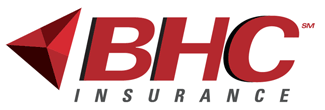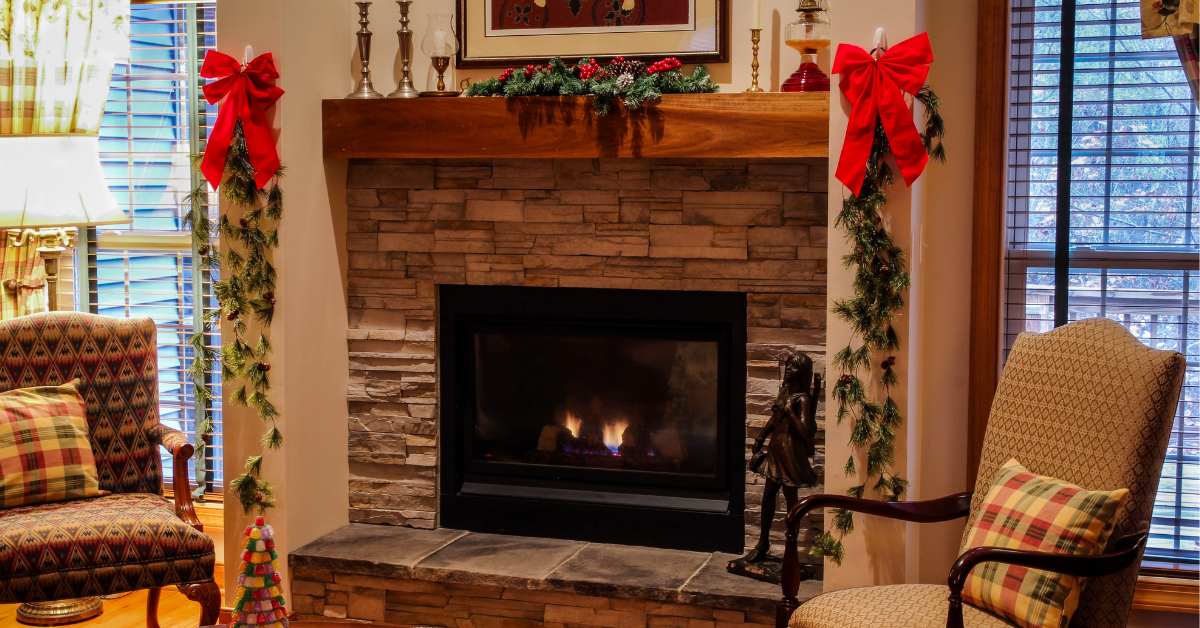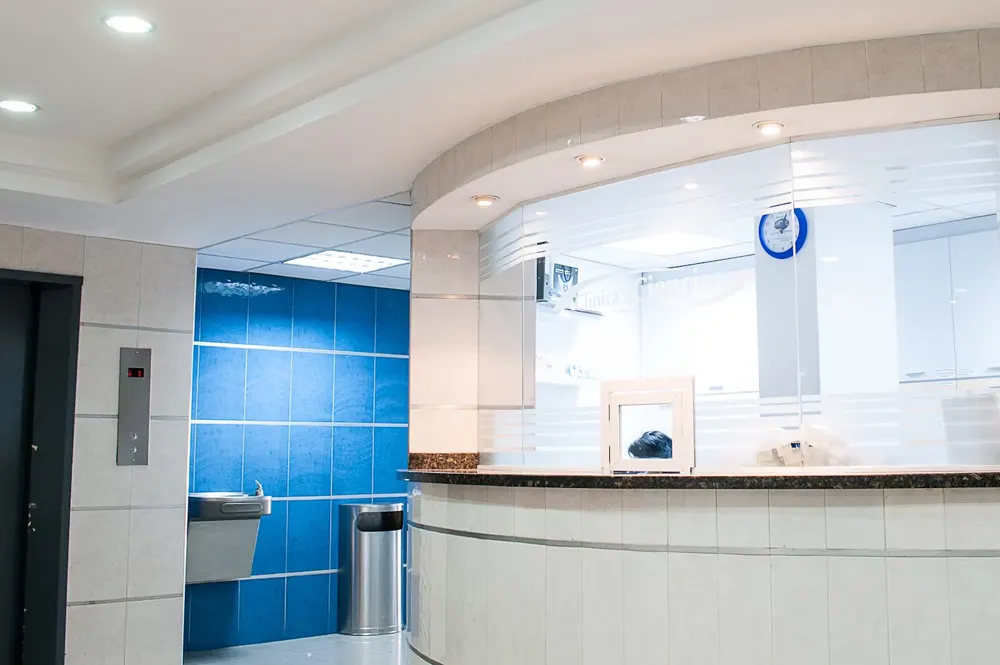In spite of the ambiance and relaxation that a fireplace provides, there are also inherent fire dangers. To combat the risk of fire or inhalation of dangerous carbon monoxide (CO) gas, it is important for you to make chimney maintenance part of your home loss prevention plan. Both metal and masonry chimneys require
maintenance so that smoke and flue gases are ventilated properly. At the very least, you should have your chimney inspected annually before each heating season.
In addition:
-Have your chimney cleaned on a regular basis to reduce creosote buildup.
-Make sure your masonry chimney has a flue liner in place to reduce the
possibility that the masonry could absorb creosote.
-Replace cracked or damaged liners, as they will allow creosote to accumulate and heat to escape.
-When hiring someone to reline your chimney, only allow the contractor to use a product that has been tested and listed by a nationally recognized testing laboratory.
There are two types of chimneys that require specific maintenance to minimize the dangers in your home.
Fireplace inserts (hearth stoves):
-Vent should be connected to the flue of the chimney.
Factory-built metal chimneys:
-Do not use natural gas, fuel oil vents, well casing, stovepipe or other material in the chimney, as they cannot withstand the heat in the wood burner.
Do not vent more than one heater or appliance into a single flue, as major complications can arise. If one fuel-burning appliance is connected to a flue and
then you attach another appliance, such as a water heater, you are running the
risk of the following serious problems:
– Heavy creosote accumulation
– Deterioration of the flue
– Creosote blocking the lower heater vent
– Carbon monoxide drifting into your home







